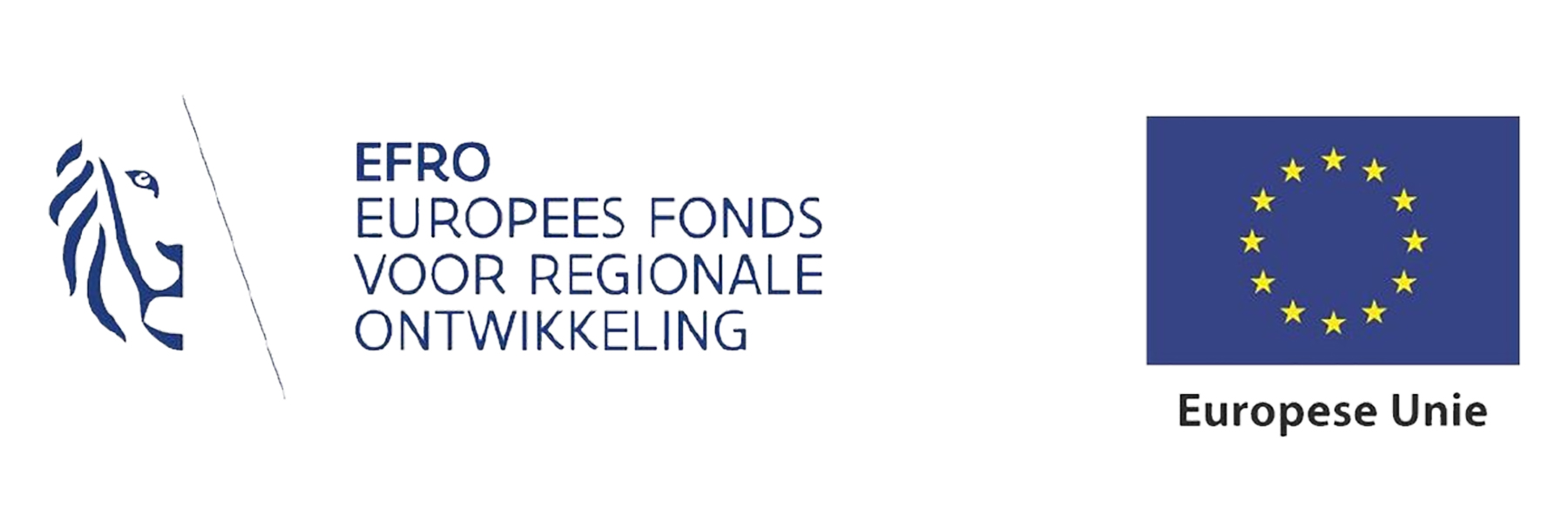AUTOINFRA: A leap forward in validating autonomous vehicles


Did the camera notice that pedestrian crossing? And what in case of bright sunlight? To validate autonomous vehicles, it is necessary to quickly have as many simulations as possible in order to adjust the underlying software and algorithms. With the brand new "Recorder," Flanders Make is closing the gap between virtual and real-world simulations.
At Flanders Make, an important milestone was reached within the field of self-driving vehicles. In Lommel, the brand new "Recorder" took its first steps this month. It is the icing on the cake of AUTOINFRA, a research project that started in 2018. This European project facilitated the development of new testing and validation infrastructure for the industry in Flanders, with the aim of significantly shortening the time to market for autonomous vehicles.
In the development cycle of autonomous mobile systems, it is important to have real perception data as soon as possible and to use as many simulation models as possible to develop and improve the software and underlying algorithms.

In the development cycle of autonomous mobile systems, it is important to have real perception data as soon as possible and to use as many simulation models as possible to develop and improve the software and underlying algorithms.
In a first phase, this project put the focus on virtual validation through real-life simulations. Different observation sensors are simulated in a variety of environments to simulate a myriad of road surfaces, lighting, weather conditions, etc. The algorithms are then adjusted based on the results.
The Recorder ushers in a new phase. Sensors, cameras and GPS systems are mounted on a moving platform. Its positioning emulates autonomous vehicles, which are then used to capture real observations in the physical environment.
With this, we are taking a giant leap forward to validate autonomous systems faster. The robustness of software and algorithms can be tested based on real-world input without requiring a prototype vehicle.
Future potential
The first steps were taken last week, but the potential for the future is great. The Recorder is fully mobile and flexible. It can be deployed in (corporate) locations, both indoors and outdoors. The Recorder is equipped for testing in all weather conditions. To propel it, the possibilities are numerous: it can be steered manually or mounted on, for example, an AGV, a forklift or even a tractor with a front loader. Thanks to the vast options for the placement of sensors and cameras, all types of vehicles can also be emulated: from the autonomous forklift to the self-propelled tractor.